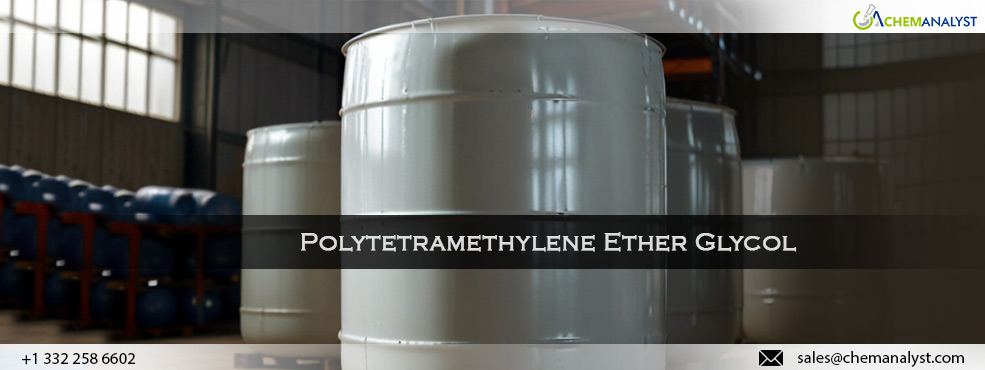Continued Downtrend: PTMEG Market Grapples with Weak Demand and Oversupply
- 13-Aug-2024 11:01 AM
- Journalist: Rene Swann
During the early weeks of August 2024, PTMEG prices continued to decline across APAC and globally, extending a downward trend that has persisted for several months. PTMEG market has been on a downward trend for several months, with demand from downstream sectors like textiles and spandex facing ongoing difficulties. Fundamentals were closely tied to bearish sentiment. Under this pessimistic outlook, market trading was noticeably lacking, resulting in low order volumes and weak focus on PTMEG. Additionally, cost support from feedstock tetrahydrofuran remains weak, further contributing to the low-price levels of PTMEG. Procurement activities remained cautious, highlighting the persistent difficulties in aligning supply with demand. According to DOW's Q2 results, the downstream Polyurethanes & Construction Chemicals business reported a decrease in net sales compared to the previous year due to local price declines. Overall, these factors contribute to a subdued outlook for PTMEG.
Focusing on China, the market saw the most significant price shifts in the APAC region. In July 2024, China's manufacturing sector faced a downturn. This decline in new orders highlighted a significant drop in demand. Although China's exports rose by 7% in July 2024, this was below the anticipated 10% growth, attributed to ongoing trade tensions and slower economic expansion in key markets. The PTMEG market continued to struggle with low demand, poor profitability, and rising overcapacity. Supply remains ahead of demand, with PTMEG production capacity increasing by 13% in the first half of 2024, reaching 1.291 million tons/year by June. This expansion, driven by new projects from Hengli Petrochemical, Huaheng Energy, and Junzheng Chemical, led to a supply glut and declining prices, with PTMEG prices falling below cost levels. Despite minor profits in Q1, continuous price declines persisted into Q2. Weakened cost support from feedstock tetrahydrofuran, due to sluggish foreign trade and decreased production enthusiasm, failed to bolster prices. However, upstream crude oil prices have provided some stability for PTMEG prices, as oil prices surged due to rising tensions in the Middle East. The situation escalated with airstrikes on Lebanon and Tehran, targeting senior Hamas leaders, which significantly increased demand for safe-haven assets. Market participants are concerned about potential supply disruptions if the conflict in the Middle East intensifies.
Demand for spandex remains weak in China, with sluggish prices and increased industry concentration. Global weak demand for textiles further complicates the situation The market is currently characterized by a significant off-season effect, with export orders performing only at an average level and most activity focused on sample inquiries. As per the ChemAnalyst, the supply-demand balance is expected to remain weak, with additional capacity of around 166,000 tons/year potentially coming online in the second half of the year in China. This ongoing supply expansion leaves little room for price adjustments.



